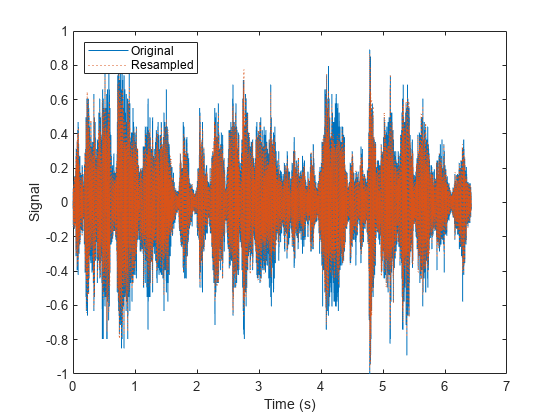numpartitions
Return estimate for reasonable number of partitions for parallel processing
Description
n = numpartitions(sds,pool)sds over the
parallel pool.
If
sdscontains file data, the number of partitions depends on the number of workers in the pool and the total number of files.If
sdscontains in-memory data, the number of partitions depends on the number of workers in the pool and the total number of members.
To parallelize datastore access, you must have Parallel Computing Toolbox™ installed.
Examples
Input Arguments
Output Arguments
Version History
Introduced in R2020a
